What is the equivalent resistance of R15, R16, R11 in order to be able
to set the resistance of the inverter (R6, U5) quite precisely, so
that the voltage of the step response fits the input function?
The values of the PID will need to be tuned. There are many tutorials and videos on how to do this. In short, tune the P and the I until they match the step response as close as possible, you will be limited by the closed loop response of the opamps (opamps have finite bandwidth). Most of the time you won't need D, D gives you more of a high frequency response. You may want to change the values and observe the response to see what each does (especially zeroing all but one parameter).
Also, I noticed that the adder outputs an offset of -13.32 mV. I'm
aware that is the sum of the individual offsets. Can this be fixed?
My guess is it's probably the offset voltage of the opamp model (if they actually modeled that). You could find out by making a unity gain buffer and tying the input to ground, if you have an offset, then it's probably from the voltage offset of the amplifier model. All opamps have a voltage offset that can be considered on the inputs of their terminals.
If you want to correct the offset, you could add another amplifier with a variable input voltage to add in 13mV. (in the real world you could do this with a potientometer and a unity gain buffer, and add this into you summing junction)
Here are some other resources on this:
https://www.analog.com/media/en/training-seminars/tutorials/MT-037.pdf
How do I correct the offset voltage of op-amps which have no explicit offset-null pins?


